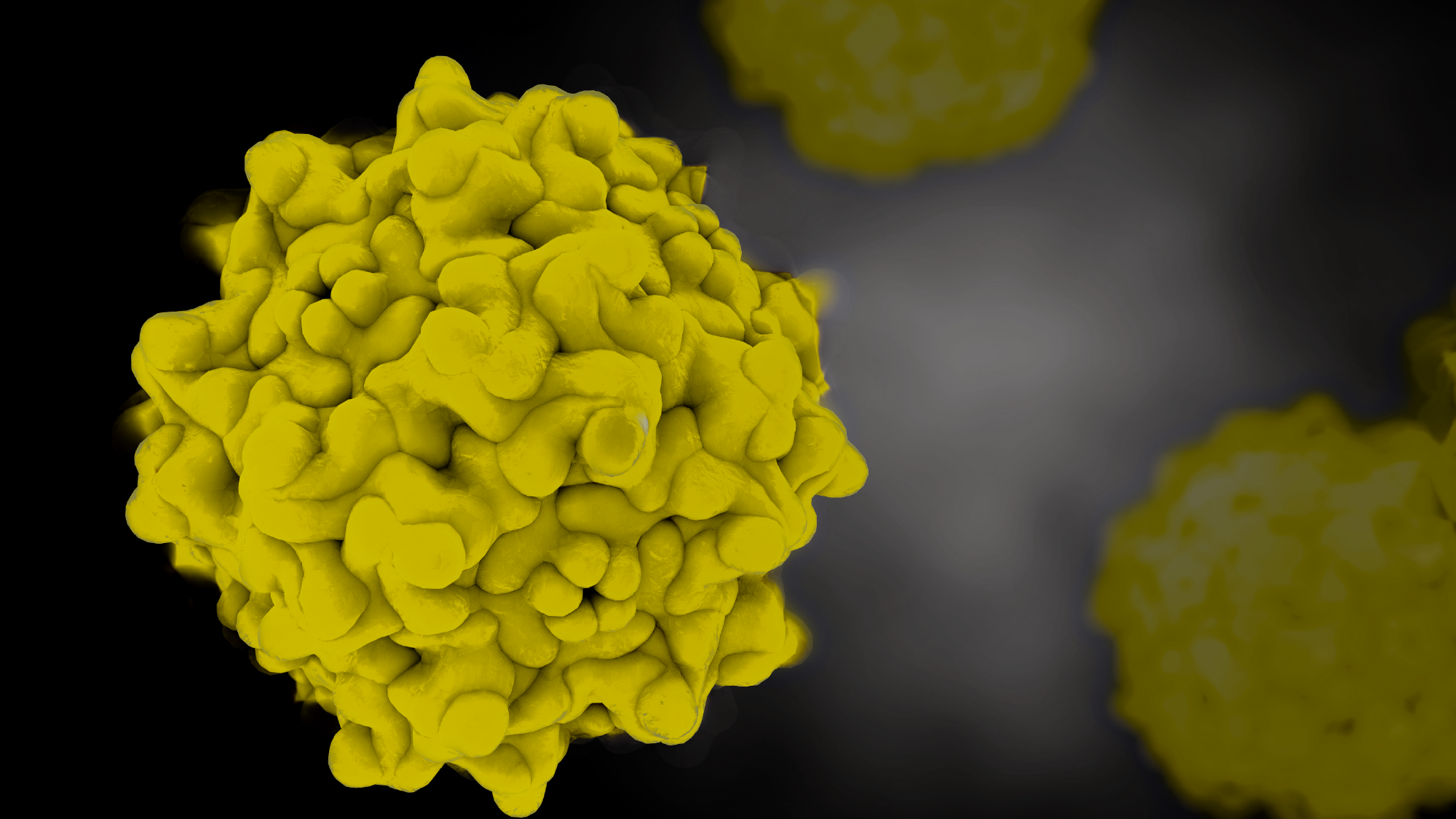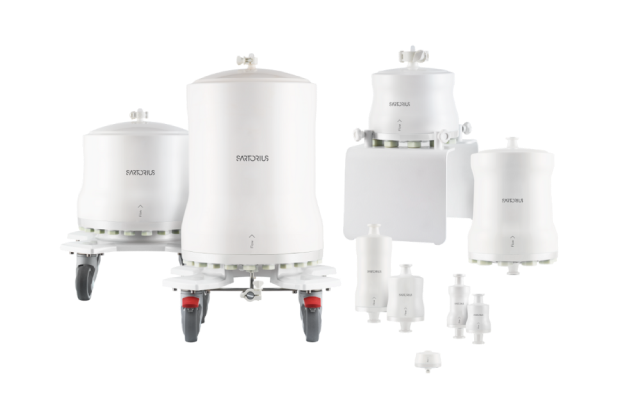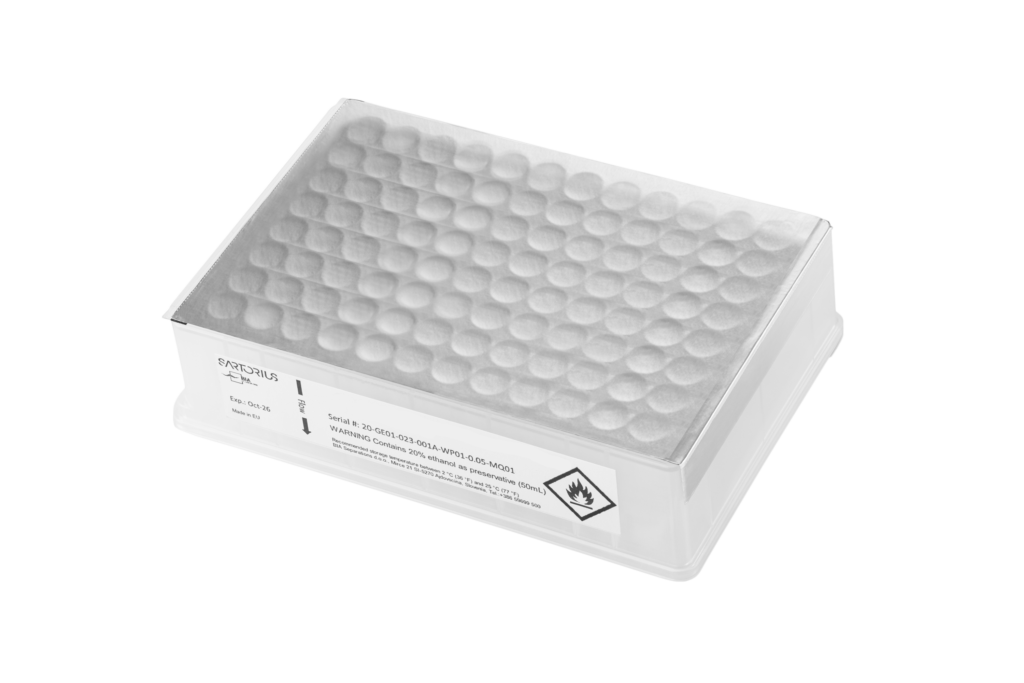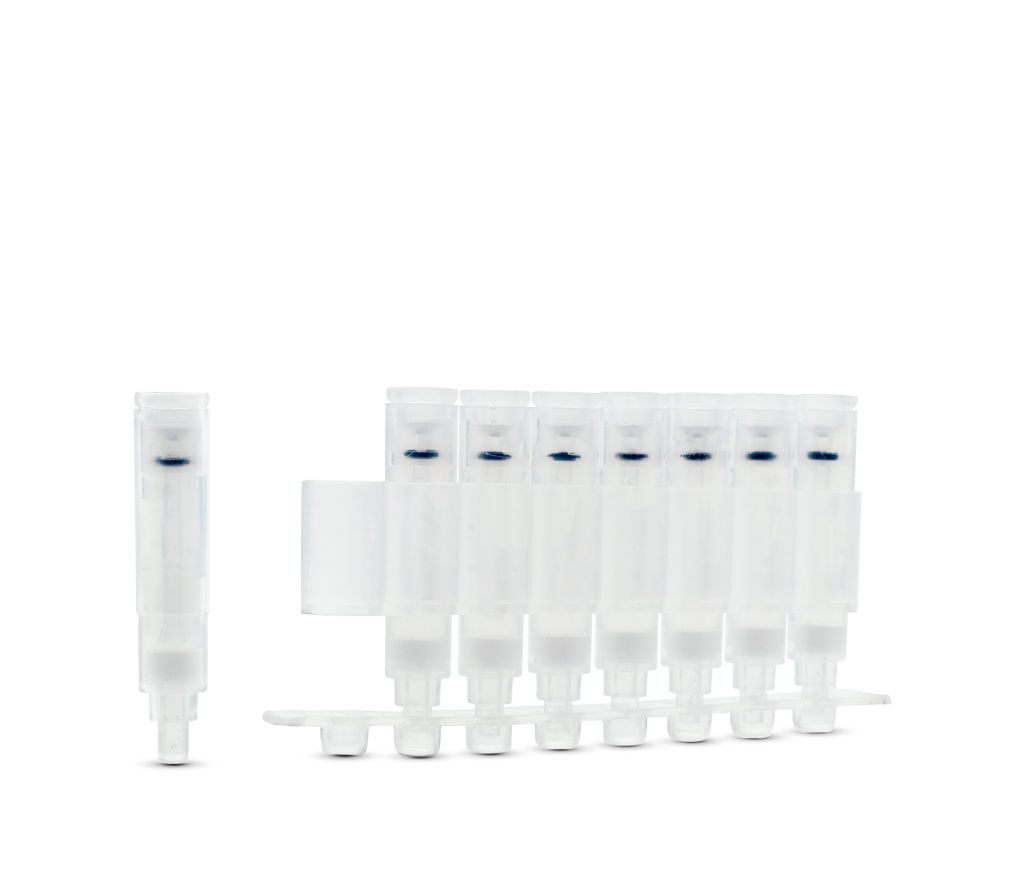Recent advancements in chromatography have significantly boosted AAV production yields. CIMmultus® SO3 monolithic column, a strong cation exchanger (CEX) for AAV capture purification, has shown a remarkable 30% increase in recovery and clinical doses compared to traditional affinity resin capture methods. This innovative approach not only improves the removal of host cell proteins (HCP) and empty capsids but also accelerates processing by at least two times, making the production process more efficient and cost-effective.

Adeno-associated virus (AAV) vectors are the most widely used viral vectors in gene therapy. Producing AAVs requires stringent purity and efficiency standards to ensure their effectiveness and safety. Traditional methods, such as affinity resin capture, have limitations in terms of recovery rates and processing times. Recent studies have explored the use of CIMmultus SO3 columns for AAV capture purification as an alternative to affinity methods, showing compelling results.
Affinity vs. Non-Affinity Chromatography
A side-by-side comparison was conducted using the CIMmultus® SO3 – 1 mL (2 μm) and a commercially available affinity resin that binds several AAV serotypes. Both columns were evaluated for process and step recoveries, impurity reduction, product capacity, and processing time. The experiments were conducted in parallel to ensure accurate comparisons.
CIMmultus SO3 demonstrated several key advantages:
- Superior Recovery: Achieves 41-42% overall process recovery, compared to 30-31% with the affinity approach, ensuring higher recovery of full AAV capsids at a higher pH, which reduces production expenses.
- Superior Polishing: When followed by the polishing column, the process enriches full AAV from 30% to over 72% in the final fraction, compared to around 56% with the affinity process.
- Enhanced Purity: Offers better removal of host cell proteins and empty capsids compared to affinity ligands, improving subsequent polishing steps.
- Exceptional Binding Capacity: Shows superior capacity, with a TFF step increasing capacity by 17-fold compared to direct harvest loading. The affinity column’s capacity using clarified harvest was not assessed due to impractical loading times exceeding 100 hours.
- Increased Yield: Boosts clinic doses by 30% compared to the affinity capture step.
- Simplified Scalability: Suitable for various production volumes.
- Compatibility: Binds and elutes all AAV serotypes.
- Rapid Processing: Achieves a 2x reduction in processing time compared to affinity columns, with flow rates exceeding 1 CV/min at any scale.
- Reusable Columns: Cleanable with 1M NaOH, reducing overall costs.
Achieving High AAV8 Purity and Yields for a Gene Therapy Breakthrough
The study confirms that CIMmultus SO3 offers a robust and efficient alternative to traditional affinity resin capture methods. The ability to achieve higher recovery rates and better impurity removal while reducing processing times is a significant advancement for the field of gene therapy. Future research should focus on further optimizing these methods and exploring their applications across different AAV serotypes and production scales.
The CIMmultus SO3 represents a significant advancement in AAV production, offering superior recovery, enhanced purity, exceptional binding capacity, and simplified scalability. Its compatibility with all AAV serotypes and rapid processing capabilities make it a valuable tool for gene therapy applications.

CIMmultus SO3 is a strong cation exchanger with a working pH range of 2–13, ideal for capturing any AAV serotype. It effectively binds molecules with a predominantly positive charge and offers high capacity for purifying virus and VLP particles, as well as large proteins.
- High recovery of potent capsids, resulting in lower manufacturing costs
- Higher product yield due to the absence of shear stress
- High binding capacity
- Binds any serotype
- High resolution
- Easy scale-up
- Very fast at any scale (flow rates of >1CV/min)
- Reusable column, resulting in lower costs of goods


